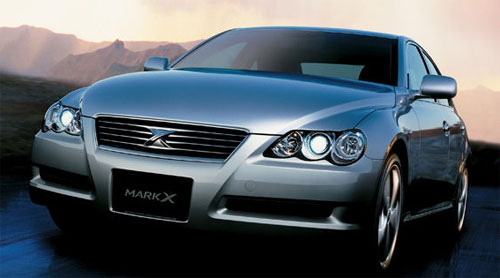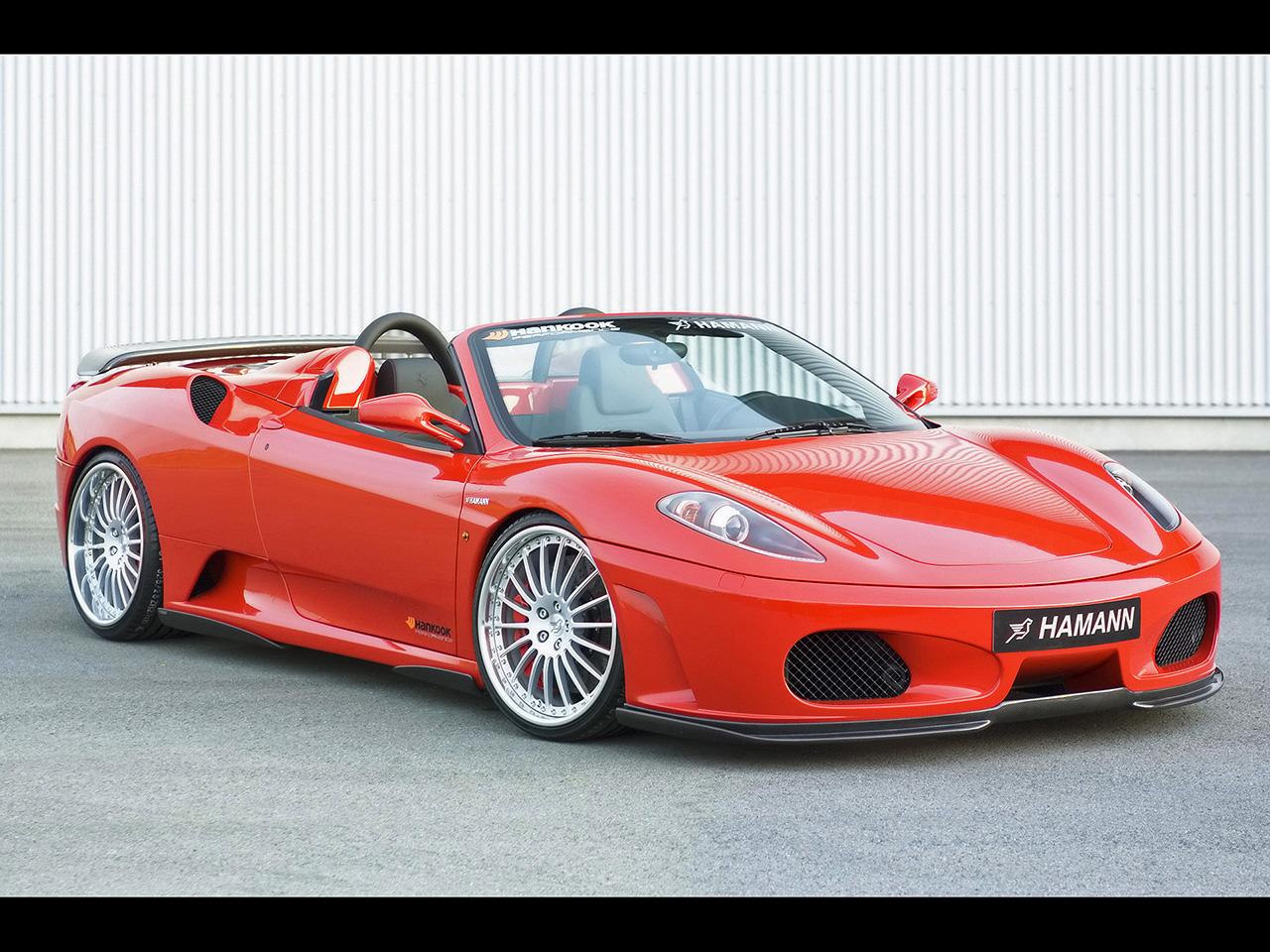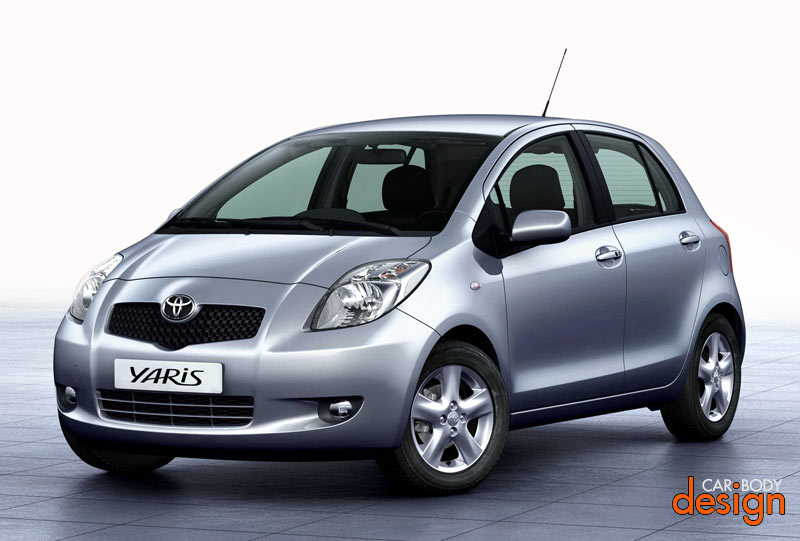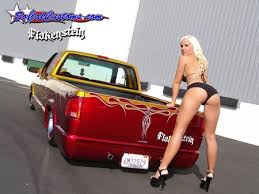
We've always thought that Infiniti's current M35/M45 sedan deserved greater consideration from American consumers than it has typically received. With a strong VQ-series powerplant and entertaining rear-wheel drive handling, there has always been a lot to like from behind the wheel, but its restrained styling has seemingly always failed to convey the sort of emotion delivered by the driving experience. Thankfully, judging by its just-introduced Nissan Fuga twin here at the Tokyo Motor Show, anonymous styling figures to be less of an Achilles heel going forward.
Powered in the Japanese market by a pair of VQ-series V6 engines displacing 2.5-liters and 3.7-liters respectively (power figures have not been disclosed), the real emphasis for the next-gen model appears to be on advanced safety and creature comfort technology. We're hoping this focus doesn't result in compromised dynamics, but we are very curious to sample such bits of electronic wizardry as Nissan's "Forest AC" that includes a breeze setting and an aroma atomizer, to say nothing of "Intelligent Pedal," a new system that can actually make braking decisions based on data from the sat-nav unit. In our experience, bearing in mind how often the map data has been wrong in a given vehicle's GPS system, we hope that the system doesn't randomly lock up the binders for a phantom hairpin – especially with someone following a bit too closely behind.
Either way, when the Fuga comes to North America next year, we expect it to once again be powered by either the larger of the two VQ-series V6s or a V8 engine. A hybrid model will hit Japan next autumn, and we hear it's also coming Stateside.
New Nissan Fuga blends class-leading technology interior comfort and performanceRedefining the traditional luxury car, Nissan's first generation Fuga luxury sedan, delivered outstanding performance, comfort and interior quality. Inheriting that flagship DNA package, the all-new Nissan Fuga arrives in Japanese showrooms this autumn.
Class-leading performance, handling and engineering
At the heart of the new Nissan Fuga are new technological advances that combine seemingly conflicting attributes such as nimble handling and comfortable ride, plus powerful acceleration and silent, eco-friendly performance. Customers may choose from either the VQ37VHR 3.7-liter V6 or the VQ25HR 2.5-liter V6.
Amongst the innovation, fitted to the Fuga are newly developed `Double Piston Shock Absorbers' (frequency responsive) that employ a double piston construction to improves handling and ride quality by increasing oil flow inside the shock absorber to reduce vibration from road undulations and absorb minor road imperfections.
Incorporating some significant advanced technologies such as LDP (Lane Departure Prevention system) and Intelligent Cruise Control, this sedan promotes safe, comfortable driving.
Based on sat-nav map information indicating a curve approaching, the system assists deceleration by deploying a movable accelerator pedal and activating the brakes in a system called `Intelligent Pedal (Navigation-Cooperative).' `Cornering Stability Assist' applies the VDC System to control vehicle movement for safe and smooth cornering. Both the `Intelligent Pedal' and the `Cornering Stability Assist' are world-first technologies to be featured on the new Fuga. Along with advanced active four-wheel steering, these technologies support the driver to ensure a comfortable driving.
Supporting Eco-drive and Safety-driveThe new Fuga is the world-first model to feature a driving safety support system, which utilizes the ITS (Intelligent Transport Systems) in its navigation system. The system supports safe driving by providing information to alert the driver at blind intersections for example, based on information on nearby vehicles and traffic environment, which is transmitted to the Fuga from optical beacons installed all across the country.
Fitted as equipment that supports eco-driving, the Fuga employs a world-first `ECO-pedal'. When the eco-pedal system is on, each time the driver steps on the accelerator, a counter push-back control mechanism is activated if the system detects overly zealous throttle work, helping to inform the driver that they could be using more fuel than required. An eco-driving indicator integrated into the instrument panel feeds the driver with real-time fuel consumption levels to help improve their driving behavior.
A first for Nissan, the newly engineered "Drive Mode Selector" is fitted as standard equipment and adjusts engine response, transmission shift schedule and 4-wheel active steering, giving the Fuga a sportier, more comfortable on-road feel. In addition to normal drive mode, the 4-door sedan features a newly fitted sports mode and eco-mode. By selecting a mode using a dial located under the gear shifter, drivers can choose modes ranging from sharper, more responsive handling to economical, easy cruising settings to suit any mood or road conditions.
Dynamic design appeals to sensesThe new Fuga's powerful combination of long hood, short overhangs and deeply sculpted fenders with large diameter 20-inch wheels*, give a visual appeal as only authentic rear-wheel drive sports sedan proportions can. By moving the front pillar back, lowering the car's height and adding to its width, interior comfort has been enhanced while achieving a low, powerful stance.
The Nissan Fuga's large, low-slung, grille and bold headlight design inspired by traditional Japanese Kabuki eye make-up combine to establish a strong presence, while its sculptured body takes on varied personalities depending on the angle viewed and the light reflected on its surface.
Spacious, bright and comfortable interiorThe premium quality interior in the new Fuga takes the first generation's highly rated cabin design to the next level. Designers have further improved interior quality by enhancing trim and details.
For example, seats in the luxurious interior employ `premium semi-aniline leather.' A special kneading process creates a softer, more supple surface that has been finished in a strong yet soft protective coating. This process results in a luxury sofa-like leather seat that is soft to the touch yet firm in its cushion support.
In addition, soft and smooth textured trim (Sofiless) has been used to cover the armrests and other spots where the skin touches, and the dashboard has been covered with a material that has the high-quality finish and comfortable softness of a leather furniture.
Employing a traditional hand-application method, craftsmen have painstakingly applied pure silver powder to the premium interior woodgrain panels giving them an immaculate mirror finish. The silver powder woodgrain paneling and semi-aniline leather are exclusive to premium interiors.
Utilizing materials suitable to each specific location in the car, occupants sense they are cocooned in a tailor-made cabin, surrounded by surfaces that are soft to the touch and switches that are all newly designed and boast a more luxurious, tactile and high-quality feel.
Significant luxurious appointments further elevate the Nissan Fuga's status as a leading luxury sedan. These include a world-first climate control system called ` Forest AC' that manages air temperature and fan strength, as well as humidity, odor detection and suppression to create the clean interior environment. Occupants can also enjoy the relaxing effect of special aromas and natural outdoor-like breezes through air vents, while a newly developed plasma-cluster ion unit purifies cabin air. In addition, the overwhelming sound from the BoseR Surround Sound System, which drives 16 speakers with a 14-channel digital amplifier, will ensure premium sound quality.
SPECIFICATIONSOverall Length (mm) 4,945
Overall Width (mm) 1,845
Overall Height (mm) 1,500
Wheelbase (mm) 2,900
Seating Capacity 5
Fuga HybridOn the Nissan stand at the 2009 Tokyo Motor Show, a hybrid version of the new Fuga will also be displayed. Employing a 3.5-liter V6, high-power Li-ion batteries and a highly efficient one-motor-two-clutch parallel hybrid system solely developed by Nissan, this model generates the fuel consumption of a compact C-segment car. This model will be launched in the Japanese market from 2010 autumn.
























































